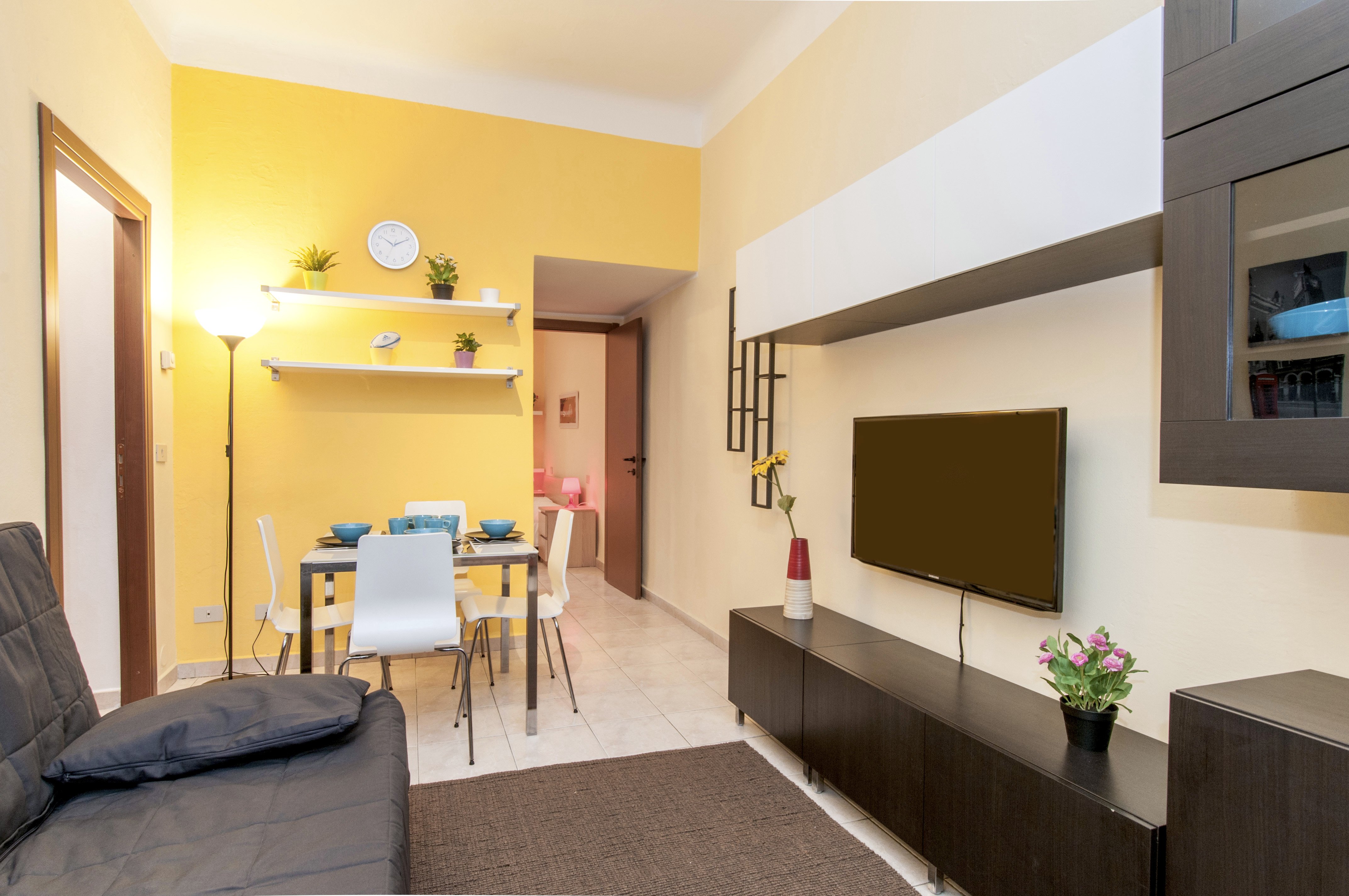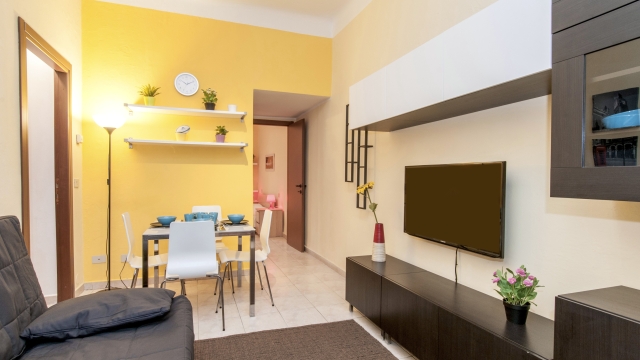Design Duos: How Architecture and Interior Design Come Together
Architecture and interior design are two fields that often go hand in hand, like two peas in a pod. Both disciplines play a crucial role in shaping our built environment and transforming spaces into aesthetically pleasing and functional havens. Working collaboratively, architects and interior designers create the perfect balance between form and function, merging the structural elements of a space with its interior aesthetics.
Architecture sets the stage, providing the foundation upon which the entire design concept is built. It encompasses the structural design, engineering elements, and the overall layout of a building or space. Architects bring their expertise in creating the skeleton of a structure, focusing on aspects such as spatial orientation, materials, and structural integrity. Their designs consider factors like natural light, ventilation, accessibility, and environmental sustainability, ensuring a harmonious integration of the building with its surroundings.
On the other hand, interior design takes the architecture’s blueprint and breathes life into it. Interior designers are the artists who transform the blank canvas of a building into a vibrant and functional space. They carefully select materials, colors, furnishings, and decorations to create a cohesive design scheme that complements the architectural design. Interior designers consider the needs and desires of the occupants, paying attention to details such as room layout, furniture placement, lighting design, and acoustics. Their goal is to create a captivating interior that enhances the functionality, comfort, and aesthetic appeal of a space.
When architecture and interior design collaborate effectively, the result is a seamless integration of both disciplines. The architectural design acts as a frame, setting the stage for the interior design to shine. The balance between the two creates spaces that not only please the eye but also enhance our daily lives. So, next time you step into a beautifully designed building or a carefully curated interior, remember the collaborative magic that happens when architecture and interior design come together.
The Importance of Collaboration
Collaboration is key when it comes to the dynamic bond between architecture and interior design. These two disciplines intertwine to create spaces that not only look aesthetically pleasing but also function harmoniously. The collaboration between architects and interior designers allows for the seamless integration of structural elements and interior elements, resulting in spaces that are both visually appealing and practical.
Architects and interior designers bring their unique expertise and perspectives to the table, and through collaboration, they are able to combine their skills effectively. Architects focus on the overall design and functionality of a building, considering factors such as structural integrity, spatial flow, and sustainability. On the other hand, interior designers are experts in creating inviting and functional interior spaces, paying attention to elements such as color schemes, lighting, furniture selection, and material choices.
By working together, architects and interior designers can ensure that the vision for a space is executed cohesively. Collaboration allows them to communicate their ideas, share knowledge, and make informed decisions. Architects provide the framework and structure, while interior designers provide the finishing touches that make a space feel complete and inviting. Without collaboration, the design process may lack depth and fail to achieve the desired outcome.
Successful collaboration between architects and interior designers also extends beyond the design phase. They continue to work together during the construction process to ensure that the design is implemented accurately. This collaborative effort allows for adjustments to be made if necessary, addressing any challenges that may arise during the construction phase. The end result is a space that not only reflects the original design intent but also meets the functional needs and desires of the client.
In conclusion, collaboration between architects and interior designers is essential in creating exceptional spaces. Their combined expertise ensures that the structural and interior elements of a building come together seamlessly. Through collaboration, architects and interior designers are able to bring their creative visions to life, resulting in spaces that are both visually stunning and practical for those who inhabit them.
Exploring the Creative Process
In the realm of Architecture & Interior Design, the creative process is a harmonious dance between two disciplines that seamlessly merge functionality, aesthetics, and innovation. Architects and interior designers join forces to transform spaces into captivating works of art that are not only visually appealing but also practical for their intended use.
Collaboration is at the heart of the creative process between architects and interior designers. The two professions bring their unique skill sets and perspectives to the table, combining their expertise to create cohesive designs that elevate the overall experience of a space. Architects focus on the structural and exterior aspects, while interior designers delve into the finer details, such as color schemes, furniture selection, and lighting choices.
The exploration of the creative process begins with a deep understanding of the client’s vision and needs. Architects and interior designers work closely with their clients to gather insights and inspirations that will guide their design journey. This collaborative approach ensures that the final design aligns with the client’s desires while incorporating the technical and artistic expertise of the designers.
The process then moves into the realm of ideation and conceptualization. Architects and interior designers brainstorm ideas and concepts, meticulously refining them to strike the perfect balance between form, function, and aesthetic appeal. This stage involves sketching, creating mood boards, and utilizing sophisticated software tools to visualize the design concepts, allowing both parties to envision the final product.
Ultimately, the creative process in the realm of Architecture & Interior Design thrives on collaboration, innovation, and a deep understanding of the client’s vision. Architects and interior designers work hand in hand, blending their skills and creativity to create stunning spaces that leave a lasting impression on those who experience them.
Case Studies: Successful Design Duos
Design collaborations between architects and interior designers have proven to be highly successful in creating stunning spaces that seamlessly blend functionality with aesthetics. In this section, we will dive into three exceptional case studies that highlight the power of these design duos in the world of architecture and interior design.
- The Shard, London
One remarkable example of a successful design duo is found in the iconic Shard building in London. Renowned architect Renzo Piano and interior designer David Collins joined forces to bring this architectural marvel to life. Piano’s vision for a vertical city inspired by the elegance of a shard of glass was complemented by Collins’ expertise in creating sophisticated and luxurious interiors. The result is a breathtaking skyscraper that stands as a testament to the harmonious collaboration between architecture and interior design.
- Villa Savoye, France
Another noteworthy case study is the Villa Savoye, a modernist masterpiece located in France. Designed by architect Le Corbusier and interior designer Charlotte Perriand, this house represents the pinnacle of their collaborative efforts. Le Corbusier’s innovative approach to architecture, characterized by clean lines and open spaces, seamlessly merged with Perriand’s use of functional furniture and clever spatial planning. Together, they created a home that perfectly embodies the principles of modernist design.
- St. Pancras Renaissance Hotel, London
The St. Pancras Renaissance Hotel in London showcases yet another successful design duo: architect George Gilbert Scott and interior designer David Rockwell. This historic hotel, originally built in the Victorian Gothic style, underwent a meticulous restoration that merged the old with the new. Scott’s architectural expertise in restoring the grandeur of the building was beautifully complemented by Rockwell’s contemporary interior design, resulting in a luxurious and elegant hotel that pays homage to its rich heritage.
These case studies exemplify the transformative power of collaboration between architects and interior designers. By combining their unique skills and perspectives, these design duos are able to create spaces that not only inspire but also enhance the human experience within them. The seamless integration of architecture and interior design in these projects highlights the importance of synergy and the incredible outcomes it can produce.



